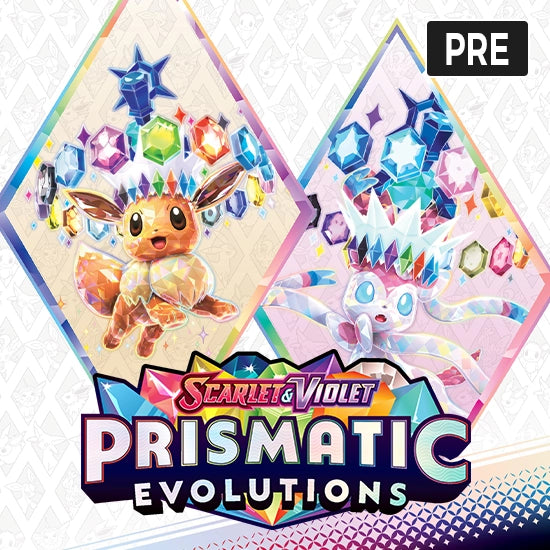Description
HutijinAcross the Hells, Hutijin's name fills lesser devils with fear and loathing, for this duke commands two companies of pit fiends, which make up Cania's aristocracy. With such soldiers under his command, Hutijin can easily crush any rival who gets in his way, while also providing Mephistopheles with security against armies that might seek to contest his dominion.MolochExiled from the Nine Hells, Moloch would do anything to reclaim his position. Long ago, Moloch earned his place among the other archdevils through the glory he won driving demons out of the Nine Hells. Asmodeus rewarded him by elevating Moloch to the rulership of MalbolgeTitivilusAlthough he is inferior in physical strength and power when compared to other archdevils, Titivilus compensates with cunning. A shrewd and calculating politician, he has clawed his way up through the ranks to become the second-most powerful fiend in Dis, entirely by saying just the right thing at the right time to get what he wanted. Charming and pleasant, he is a master at negotiation, able to twist words in such a way as to leave his victims confused and believing they have found a friend in Titivilus. Through these skills, Titivilus has manipulated everyone along his path to power, either to win them over to his cause or to remove them as a threat.
Frequently Asked Questions
What are miniatures used for in tabletop games?
Miniatures are small, detailed models used in tabletop games to represent characters, creatures, and scenery.
They enhance the visual experience and aid in gameplay by providing a physical representation of game
elements.
How do I paint my miniatures?
Painting miniatures involves several steps: priming the miniature with a base coat, applying base colors,
adding details with fine brushes, and finishing with a protective sealant. Many hobbyists use acrylic paints
and invest in quality brushes for the best results. You can pick some up from our Paints
Section
What materials are miniatures typically made from?
Miniatures are commonly made from plastic, resin, or metal. Each material has its own advantages; plastic is
lightweight and affordable, resin captures fine details well, and metal miniatures are durable and have a
classic feel.
How can I start collecting miniatures?
Start by choosing a game or genre that interests you. Purchase a starter set or a few miniatures to begin
with, and gradually expand your collection. Joining local gaming groups or online communities can provide
valuable advice and support.
Where can I buy miniatures?
Miniatures can be purchased from Here. As well as from Hobby shops
like our Gaming Centre, or at
Conventions, or Games Workshop
What are some tips for assembling miniatures?
Use a hobby knife or clippers to carefully remove pieces from sprues. Dry fit parts before gluing to ensure
proper alignment, and use a plastic or super glue appropriate for the material. Allow glued parts to fully
dry before handling. All of these can be found Here
Can miniatures be used in different games?
While some miniatures are specific to certain games, many can be used across different tabletop games and
RPGs, especially if they fit the theme or setting. Check the scale and style to ensure compatibility.
How should I store and transport my miniatures?
Store miniatures in a cool, dry place, ideally in a protective case with individual compartments to prevent
damage. When transporting, use foam trays or padded bags to cushion the miniatures and keep them secure.
Are there any beginner-friendly miniature painting tutorials?
Yes, there are many beginner-friendly tutorials available online. Websites, YouTube channels, and hobby blogs
often provide step-by-step guides and videos to help newcomers learn painting techniques and improve their
skills.




